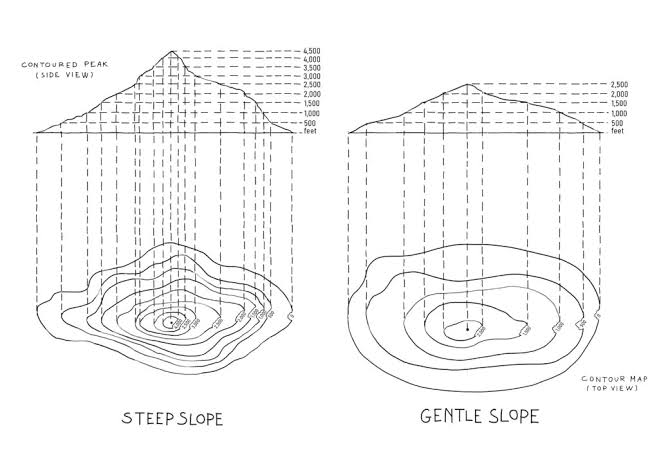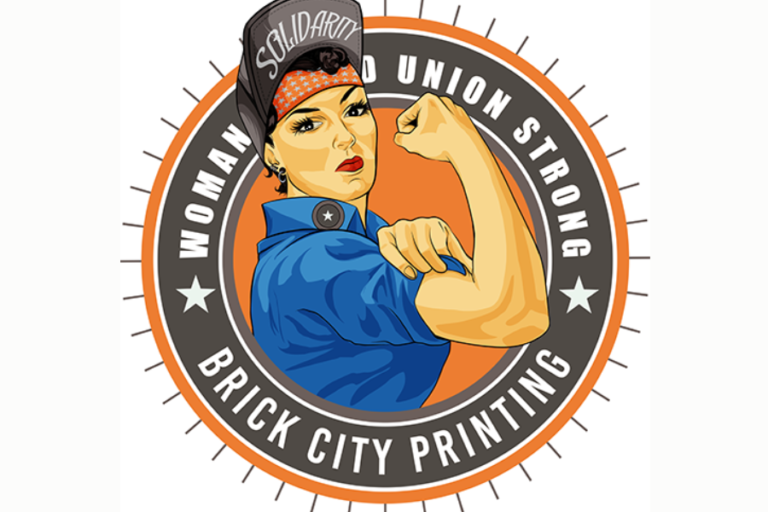Why is a Contour and Detail Survey Important?
What is a Contour and Detail Survey?
A contour and detail survey is a critical tool in land assessment, mapping both the topography and physical features of a property. It combines two essential aspects: the contour survey, which focuses on elevation and slope, and the detail survey, which identifies structures, utilities, and natural features. Together, these surveys provide a comprehensive understanding of a property’s characteristics, essential for informed decision-making in development and construction projects.
Key Benefits of a Contour and Detail Survey
Accurate Planning and Design
By mapping the topography and features of the land, a contour and detail survey ensures that project designs are aligned with the site’s natural conditions. Architects, engineers, and builders use this data to make informed decisions, preventing costly design errors and construction delays.
Compliance with Regulations
Many local councils and regulatory bodies require a contour and detail survey before approving development applications. By identifying property boundaries, natural features, and elevation changes, the survey ensures your project complies with all relevant regulations and guidelines.
Effective Drainage and Landscaping
Topographic data from a contour survey is invaluable for drainage planning. It identifies the natural flow of water, helping to design effective drainage systems. Additionally, landscaping professionals use the survey to create designs that complement the land’s natural contours.
Risk Mitigation
A contour and detail survey highlights potential challenges such as uneven terrain, flooding risks, or obstructions. By addressing these risks early, you can avoid unexpected costs and delays during construction.
When Do You Need a Contour and Detail Survey?
There are several situations where a contour and detail survey is essential:
- New Construction Projects: Whether building a home, commercial property, or industrial facility, understanding the land is crucial for a successful design.
- Renovations or Extensions: A survey ensures that additions to existing structures are designed to fit seamlessly with the property’s layout and terrain.
- Subdivision of Land: For dividing a property into multiple lots, a survey is necessary to determine boundaries and features.
- Infrastructure Development: Roadworks, drainage, and other infrastructure projects rely on accurate surveys to minimise errors and costs.
- Landscaping or Environmental Planning: For creating aesthetically pleasing and functional landscapes, a survey provides the essential groundwork.
How Contour and Detail Surveys Are Conducted
A contour and detail survey involves several steps:
- Fieldwork: Licensed surveyors use advanced equipment such as GPS, drones, and total stations to measure and map the property.
- Data Collection: They capture details such as elevation changes, natural features, and man-made structures.
- Plan Creation: The collected data is converted into detailed maps or digital models, which are shared with architects, engineers, and project managers for planning and design.
Real-Life Examples
- Hillside Construction: A contour survey helped prevent structural issues in a residential project by identifying steep slopes and ensuring the foundation design was suitable.
- Stormwater Management: A detail survey guided the installation of drainage systems in a commercial development, reducing the risk of flooding during heavy rainfall.
Consequences of Skipping a Contour and Detail Survey
Without a contour and detail survey, projects can face significant challenges:
- Design Flaws: Incorrect assumptions about the land’s characteristics can lead to structural issues or non-functional layouts.
- Construction Delays: Unanticipated land challenges may require costly rework and delay timelines.
- Regulatory Issues: Failing to comply with local regulations can result in fines, project halts, or even legal disputes.
Closing Thoughts
A contour and detail survey is an essential step in any construction or development project. It provides the detailed data necessary for accurate planning, regulatory compliance, and risk management, ultimately saving time and money. Whether you’re building, renovating, or planning a subdivision, a contour and detail survey ensures your project is set up for success.






